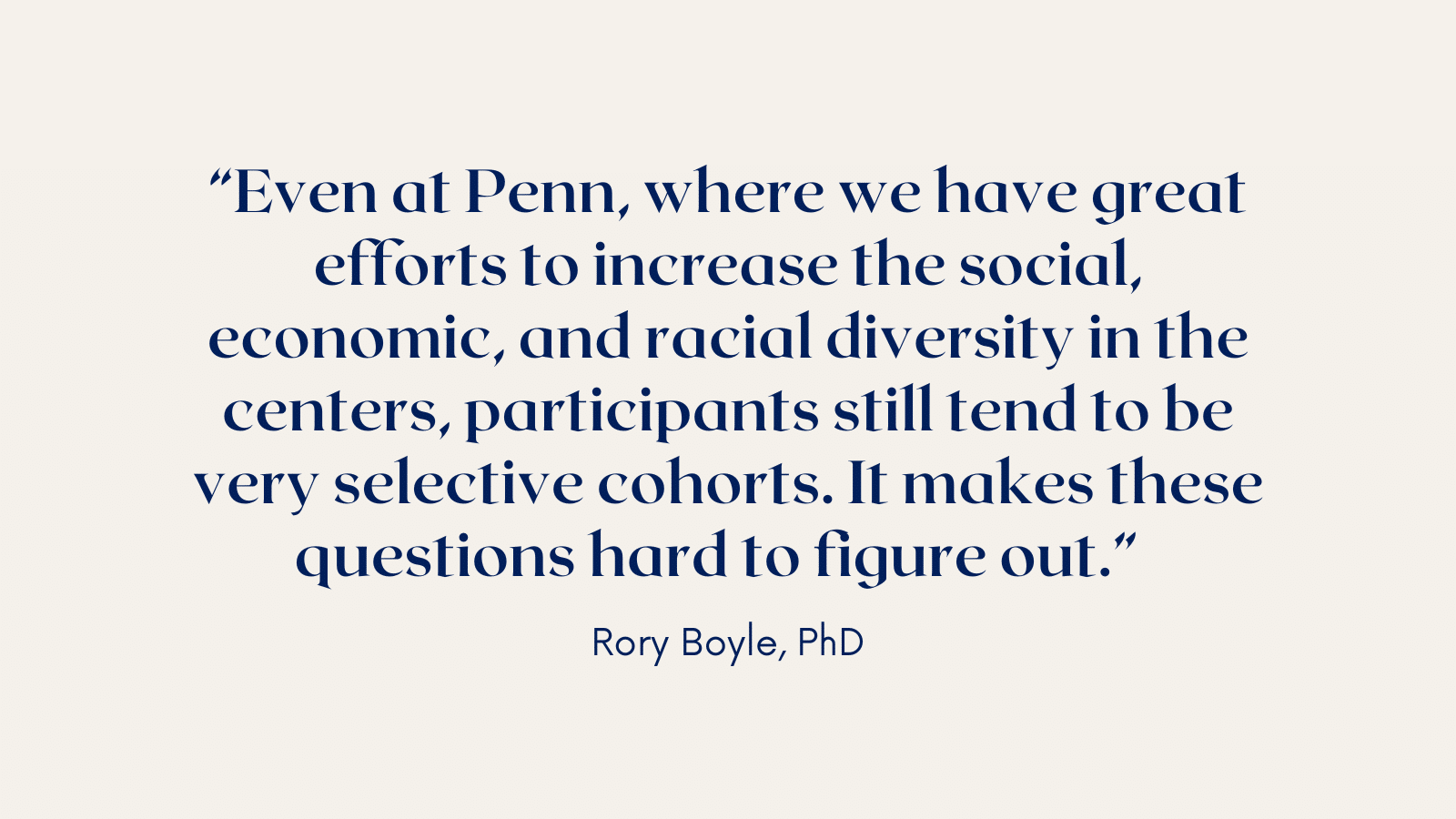By Meghan McCarthy
Author’s Note: This article is part of ongoing coverage of the 2024 Alzheimer Association’s International Conference (AAIC). To view all highlights, please click here.
Researchers at the Penn Frontotemporal Degeneration (FTD) Center found that high neighborhood deprivation levels are associated with shorter survival and faster cognitive decline in patients with behavioral-variant frontotemporal dementia (bvFTD).
BvFTD accounts for nearly half of frontotemporal dementia (FTD) cases. Although symptoms can vary across patients, most patients with bvFTD experience impairments in social functioning and personality. With respect to cognitive symptoms, patients with bvFTD often experience deficits in executive function such as difficulty with multi-tasking, planning and organization.
Last year, researchers at the Penn FTD Center found that Black individuals with FTD have greater disease severity and more impairment with daily activities. However, as a relatively rare disease, the impact of differing socioeconomic backgrounds in clinical symptoms and outcomes in patients with bvFTD remains understudied.
The Area Deprivation Index is a ranking of the level of disadvantage in a given area relative to the wider nation. The measurement is calculated from census data and accounts for 17 socioeconomic variables, covering the domains of education, employment, housing-quality, and poverty. A higher ADI score indicates living in an area of higher disadvantage.
These factors encompass social and structural determinants of health (SSDoHs), which include variables such as education, occupation, and the location of an individual’s residence. For some, these factors promote healthy brain aging. For others, SSDoHs may increase susceptibility to diseases such as Alzheimer’s.
At the FTD Center, researchers examined whether ADI scores affect the survival rate and clinical progression in patients with bvFTD.
Leading the team is Rory Boyle, PhD, a postdoctoral research fellow at the Penn FTD Center. Dr. Boyle presented his work at this year’s Alzheimer’s Association International Conference (AAIC).
“My interest across Alzheimer’s disease and related dementias is the idea of cognitive reserve or resilience,” Dr. Boyle said. “Simply put, this explains why some people who might have the same levels of pathology or the same genetic risk profile show different outcomes.”
To understand this, the team analyzed the association of ADI with clinical outcomes amongst bvFTD patients.
Dr. Boyle found that patients with the highest ADI scores, indicating highest levels of deprivation, have significantly shorter years of survival from disease onset compared to individuals in the least advantaged groups. The team also found that in most patients, cognitive impairment was greater for those living in higher areas of deprivation.
“What was really interesting is that we looked at individuals over time,” Dr. Boyle said. “Individuals in the most disadvantaged neighborhood showed faster decline in measures of global cognitive function and executive function, as well as language function.”
These results suggest that exposures from living in more disadvantaged areas may increase vulnerability to bvFTD and lead to worse outcomes.
This theme underscores much of the recent research conducted at the Penn Memory Center (PMC) and Penn FTD Center. For example, African American patients and those of low socioeconomic status are significantly less likely to access neurogenetic evaluation compared to White patients. Black older Americans are aging faster than White Americans, and inequities in socioeconomic resources are the main cause. Latino individuals, who experience higher rates of diabetes, are much more likely to develop Alzheimer’s as older adults.
A challenge to fully understanding the mechanisms behind these findings is that the vast majority of patient data available for researchers remains from participants who are from less disadvantaged areas.
“Even at Penn, where we have great efforts to increase the social, economic, and racial diversity in the centers, we still study quite selective cohorts,” Dr. Boyle said. “It makes these questions hard to figure out.”
While challenges remain, Dr. Boyle’s work illuminates important next steps to understanding and impacting clinical care for individuals of diverse socioeconomic backgrounds.
In the future, Dr. Boyle plans to break down the concept of area deprivation and compare whether specific variables, such as education, employment, housing-quality, and poverty, individually affect bvFTD survival and cognitive decline. He also looks forward to connecting these findings to his work in cognitive resilience.
“There is emerging work suggesting that the neighborhood might be a source of cognitive resilience,” Dr. Boyle said. “It would be nice to disentangle that and understand how differences in exposure affect the ability to better cope with neurodegenerative disease.”


